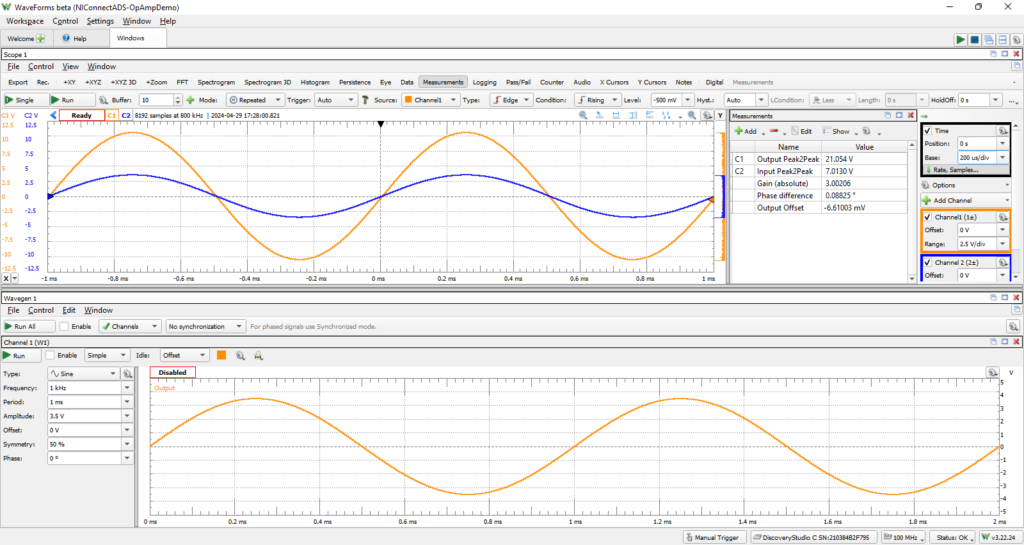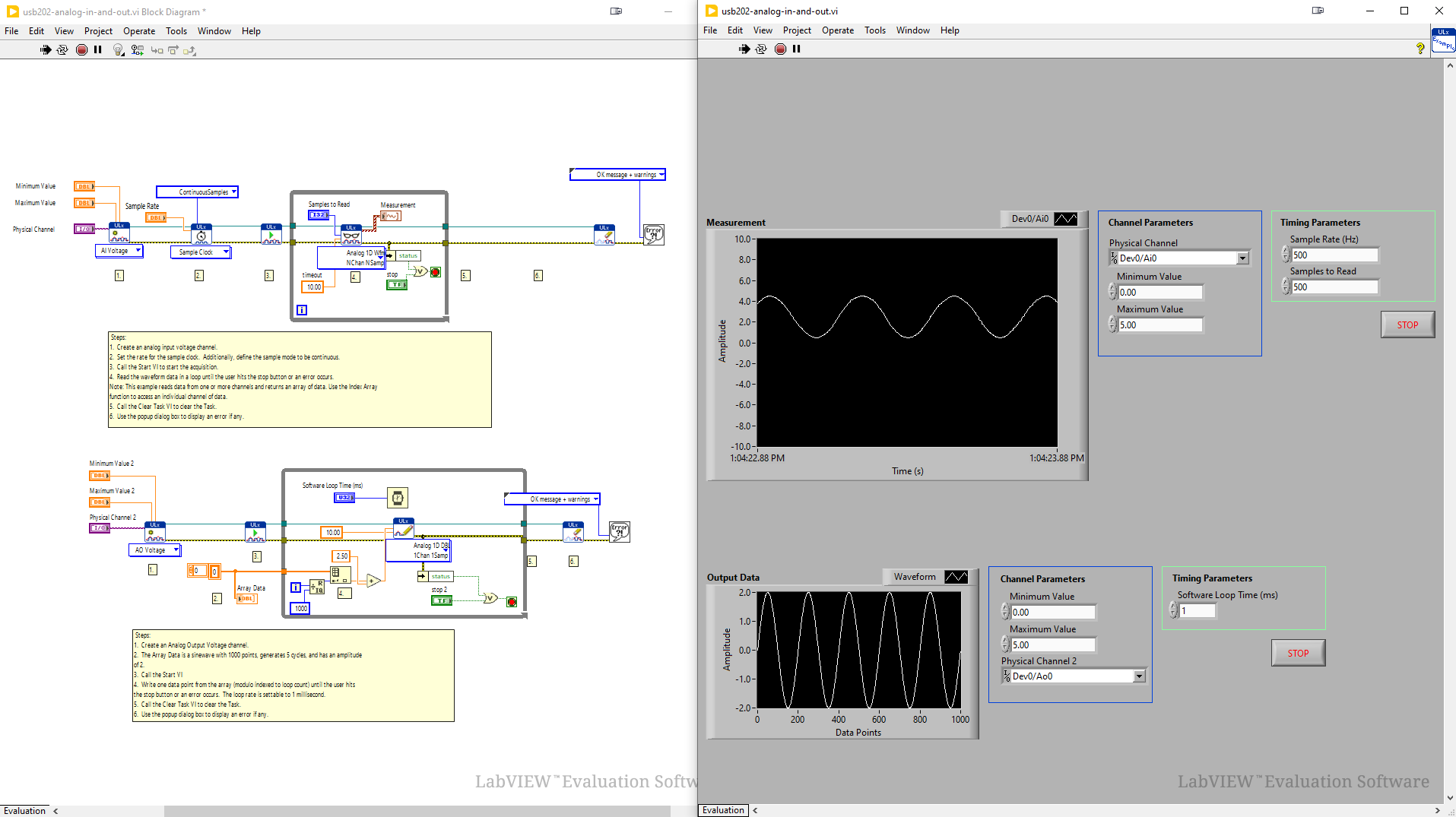Shifting Academic Focus
In late June, Digilent attended the American Society of Engineering Education (ASEE) Annual Conference. We’re no strangers to the event, and have been proud to show off our latest teaching products and connect with educators and leadership from universities around the country for years. This year was right in line with the host city of Portland, Oregon – a bit weird. For the first time since our parent company, NI, announced that Digilent will be their new education brand, we actually had booth staff from NI helping us out. It actually ended up being pretty great, as they helped us hammer home the messaging on how universities can benefit from both Digilent and NI. Earlier this year, NI announced that they will be discontinuing their venerable myDAQ, myRIO, and ELVIS III products to make way for Digilent’s options for engineering education – the Analog Discovery 3, Analog Discovery Studio, Basys 3, and many others.
The Journey from WaveForms to LabVIEW
While we (Digilent) welcome the opportunity to show the incredible work of our R&D team to the world, we know we just can’t run the whole academic gamut from Introduction to Circuits to advanced, graduated courses in RF Security or Mechatronics. We’re viewing education as a spectrum. When you arrive as a bright-eyed, bushy-tailed freshman in Electrical and Computer Engineering, easy-to-use and easy-to-get-started Analog Discovery devices are like manna sent from the higher education gods. To boot, they have also been great in allowing the implementation of remote and hybrid learning environments.

For example, one of the demos we were running at our booth was a simple Op Amp setup, shown above. This allows students to practice the theory they are learning in lectures in a practical lab fashion. The ADS is running via USB to a laptop, and by manipulating I/O levers within the WaveForms workspace (below), can monitor the signals. This is great for any student that is learning the ropes of electrical engineering or signal measurement. By the same token, for Digital Logic classes, introductory development boards like the Basys 3 or Nexys A7 give a hands-on way to learn that logic with LED counters, buttons, and switches that help to synthesize the material.

The thing about education – and the real world, in general – is that there are so many applications and end points for engineering and technology. The above examples, however useful they are to folks in ECE courses, might be too “in the weeds” for a civil or biomedical engineering student who simply doesn’t need to know all of the details of the theory behind signal acquisition and measurement. These students are more interested in the way these signals get used. This is where NI’s popular LabVIEW software comes in.
For those who aren’t familiar with LabVIEW, it’s a graphical programming language that’s been around for a long time because of how much development time it saves. Rather than tackling the numbers and the formulas that you might need to figure out to take a measurement normally, you can drag and drop a pre-packaged command to get you to the output faster. This is incredibly useful for degree plans that want to get you into projects and development rather than theory or how to set up certain instruments.
Using LabVIEW in the Classroom
At ASEE, our second demo involved connecting a potentiometer via analog output to the MCC USB 202, which is a low-cost USB-based data acquisition instrument. It was controlled by LabVIEW, which produced a sine wave that the potentiometer divided down the amplitude of, then recorded it back. Check out the images below.
It’s also worth noting that you can also use LabVIEW with our Analog Discovery devices. Check out our reference center and simply select which product you’d like to connect to LabVIEW.



